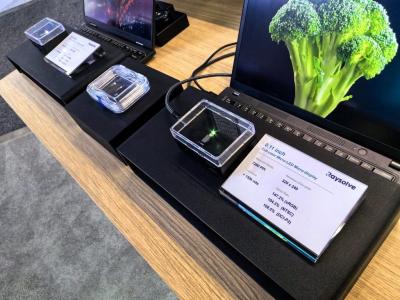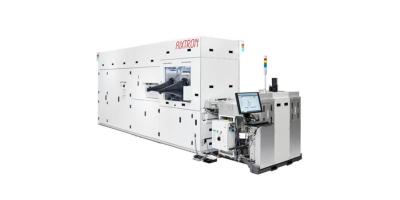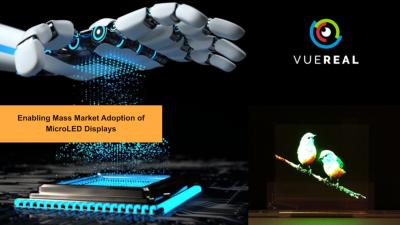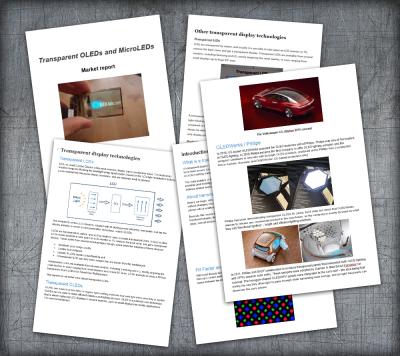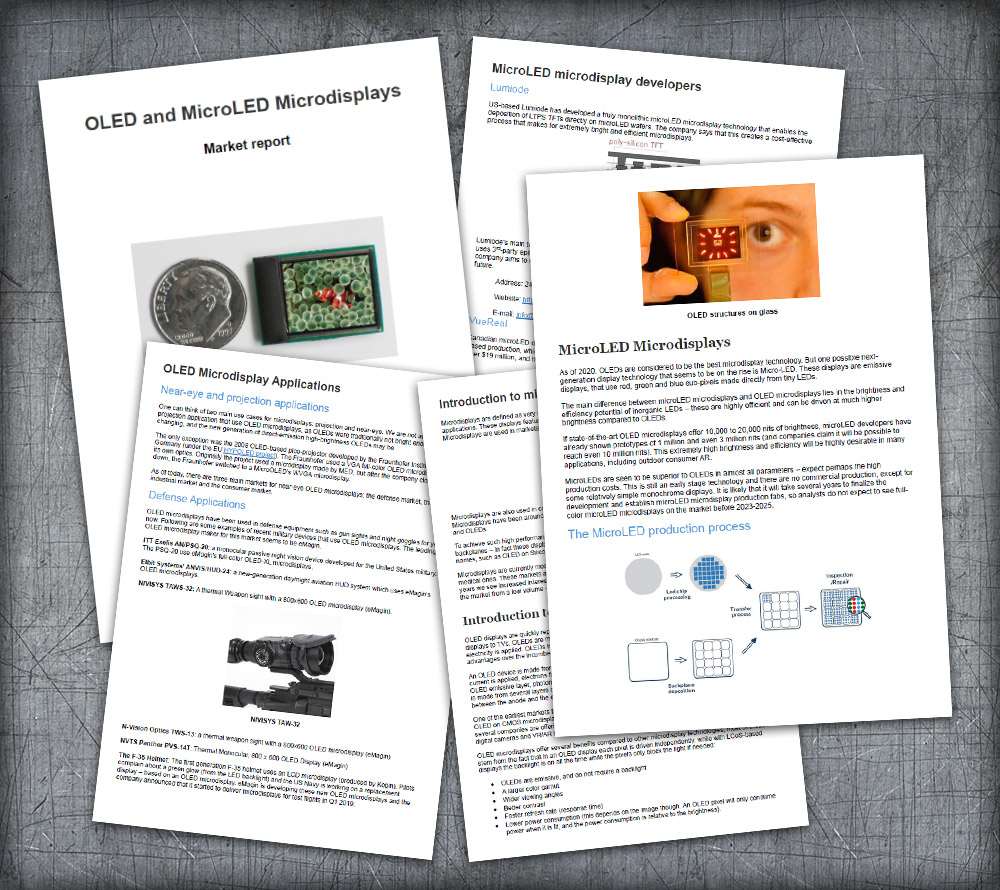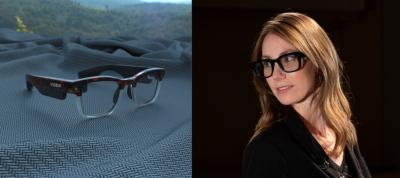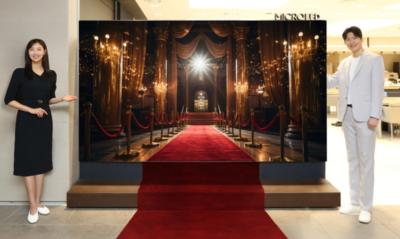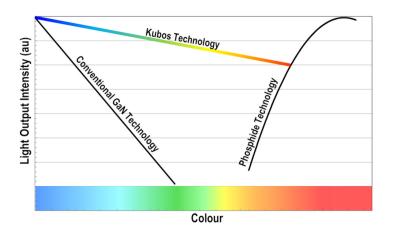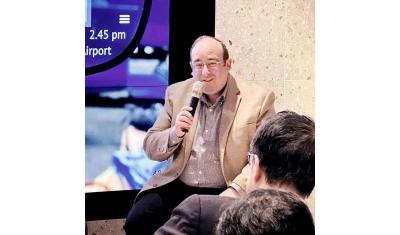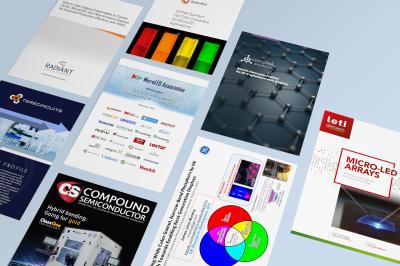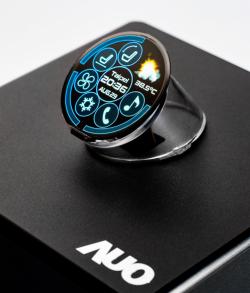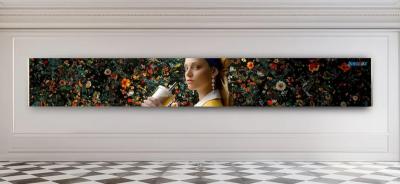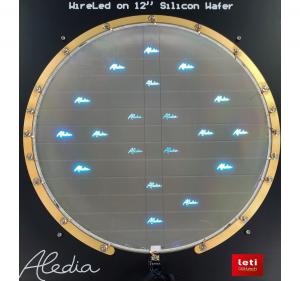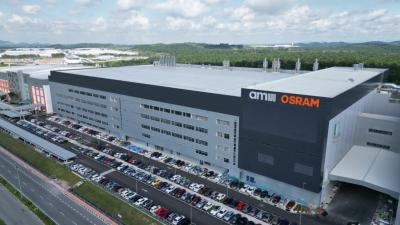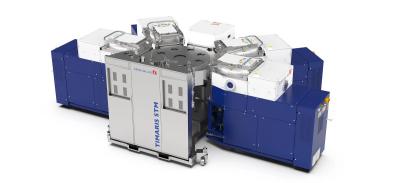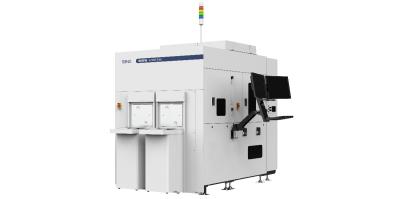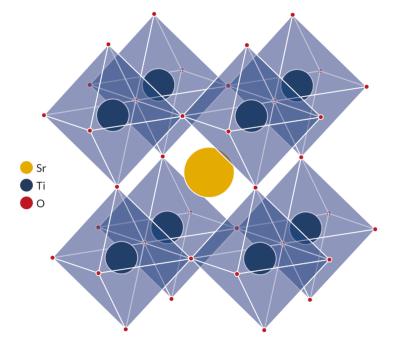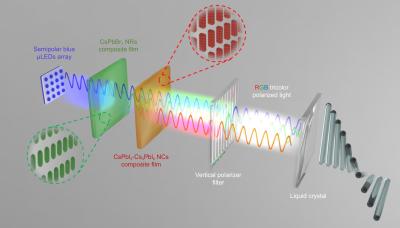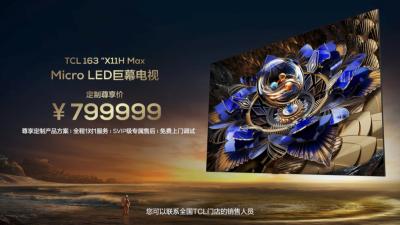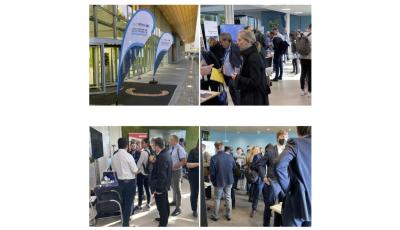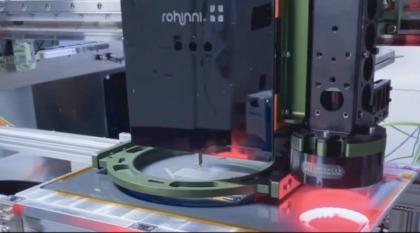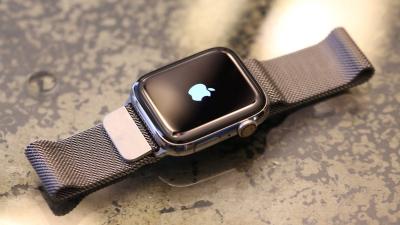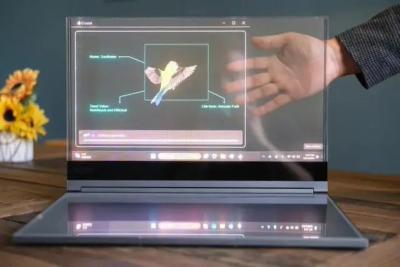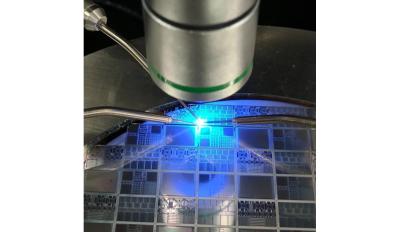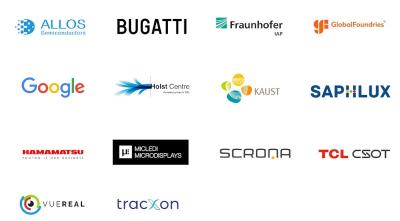MicroLED Connect is a global forum for microLED and related technologies and applications, which will take place at the Convention Center on the High Tech Campus in Eindhoven on 25-26 September. The MicroLED Connect is organized by two industry veterans, Metalgrass’ Ron Mertens and TechBlick’s Khasha Ghaffarzadeh, each bringing his unique knowledge and experience to plan this extraordinary event.
We had a few questions to ask Khasha Ghaffarzadeh, our co-organizer, about his vision for this conference.
Q. Hi Kasha! We'd love to hear your thoughts on the MicroLED Connect event - what did you have in mind when planning it and what’s special about it?
Hi! Well, it is the first worldwide onsite conference and exhibition dedicated to MicroLED technology. Up until now, MicroLEDs were highlighted in other display events, but never as the main technology in a dedicated conference. We felt that this emerging technology deserves to be the main focus. The event will bring together the entire value chain from around the world- from material suppliers to equipment makers to display makers and semiconductor companies and final OEMs. There is enormous interest in this technology and in our event, and so we expect a sell-out crowd.
When planning this event, we put extra emphasis on social events and networking opportunities. We have a rich agenda that transcends the usual talks and lectures, and includes social gatherings, organized visits to companies in the area and more. We wish to give attendees the chance to not only listen and learn, but also interact and connect. We put a strong focus on in-person experience, hoping to forge deep partnerships amongst our participants. That’s actually where the name “MicroLED Connect” comes from!

